Dental beauty is not only the pursuit of whitening teeth, but also the full range of oral health and overall beauty. In modern society, a straight, white, healthy teeth have become an ideal state for many people to pursue. This article will delve into the various methods of beautiful teeth, from daily care to professional whitening, to orthodontic and restoration, to provide you with a detailed guide to beautiful teeth.
First, daily care: the basis of dental beauty
The first step in dental beauty is to start with daily care. Good oral hygiene is the cornerstone of keeping teeth healthy and beautiful.
Brush properly
Toothbrush selection: Choose a soft-bristled toothbrush, which can effectively clean teeth and reduce the damage to tooth enamel. Through high-frequency vibration, the electric toothbrush can clean the cracks and surfaces of the teeth more deeply.
Choice of toothpaste: fluoride toothpaste helps prevent dental caries and enhances tooth acid resistance; Whitening toothpastes contain mild whitening ingredients, which can remove stains on the surface of teeth to a certain extent.
Brushing method: The Pap method is used, that is, the toothbrush is at a 45 degree Angle with the tooth surface, gently vibrate the toothbrush, and brush for at least two minutes each time to ensure that each tooth surface is thoroughly cleaned.
floss
Dental floss can effectively remove food debris and plaque between the teeth to prevent dental caries and periodontal disease. Floss at least once a day, especially after dinner.
mouthwash
Mouthwash can help kill bacteria in your mouth, reduce plaque formation, and freshen your breath. Choose a mouthwash that does not contain alcohol to avoid irritating the lining of your mouth.
Regular dental cleaning
Professional teeth cleaning every six months to a year can completely remove dental stones and plaque, prevent periodontal disease, and restore the natural luster of the teeth.
Second, professional whitening: enhance smile brightness
On the basis of daily care, professional whitening technology can further enhance the brightness of the teeth and make the smile more charming.
Cold whitening
Principle: Using high-intensity blue light to irradiate the whitening agent, accelerate the active ingredients such as hydrogen peroxide in the whitening agent to penetrate deep into the teeth, and REDOX reaction occurs with the pigment molecules in the teeth, so as to achieve the whitening effect.
Procedure: After applying the protective agent to the gums, apply the whitening agent evenly to the tooth surface, and then apply it to the tooth surface for about 20-40 minutes using a cold light source. The whole process usually takes one or two times.
Effect: It can improve the brightness of the teeth by 3-8 color levels, and the effect is lasting, but it needs to be different according to personal lifestyle habits (such as smoking, tea, coffee, etc.).
Laser whitening
Principle: Similar to cold light whitening, but laser whitening uses laser as a light source, the energy is more concentrated, and the whitening effect is faster and more significant.
Process: After applying whitening gel to the surface of the teeth, use a laser instrument to irradiate the whitening reaction.
Features: Laser whitening usually requires fewer times to achieve the ideal result, but the price is relatively high.
Home whitening kit
How it works: Home whitening kits usually contain whitening gels and custom trays that users can wear at home to achieve whitening results through continuous low-concentration whitening agent penetration.
Use: Wear a few hours a day, for a few weeks to a few months, the specific time and frequency according to product instructions and personal circumstances.
Advantages: Convenient and flexible, suitable for busy office workers or students.
Veneer whitening
Principle: By pasting a thin layer of porcelain or resin material on the surface of the teeth, directly covering the original color of the teeth, to achieve rapid whitening.
Application: For severe tetracycline teeth, fluorosis or poor tooth shape, veneer whitening is a better choice.
Advantages: whitening effect is significant, and it can improve the shape of teeth and enhance the overall beauty.
Cons: Expensive and requires regular maintenance.
Third, orthodontic: create a perfect dentition
Straight teeth are not only beautiful, but also good for oral health. Orthodontic techniques make a smile more confident by adjusting the position and alignment of your teeth.
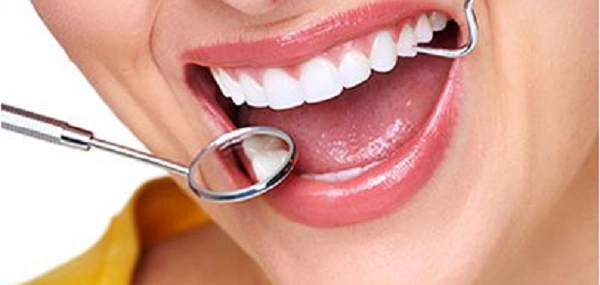
Traditional metal brackets
How it works: Using metal brackets and bow wires, the teeth are gradually moved to the correct position by applying force.
Features: Long history, mature technology, relatively low price. However, the metal bracket is more conspicuous and may affect the appearance.
Ceramic bracket
Principle: Similar to the metal bracket, but the bracket material is ceramic, the color is closer to the teeth, more hidden.
Advantages: Improved aesthetics, suitable for adult patients who have certain requirements for aesthetics.
Disadvantages: Ceramic brackets are relatively fragile and fragile, and the price is higher than that of metal brackets.
Invisible correction
How it works: Use clear plastic braces (such as Invisalign) to gradually move the teeth, with each brace corresponding to a treatment phase, and replace them regularly until the desired results are achieved.
Advantages: almost invisible, does not affect the appearance; Can be freely taken off and worn, convenient for cleaning and maintaining oral health; High comfort, reduce the stimulation of oral soft tissue.
Disadvantages: expensive; It requires a high degree of patient self-discipline to wear and replace braces on time.
Lingual correction
Principle: The bracket and arch wire are installed on the inside of the tooth (tongue side), which is completely invisible from the outside.
Advantages: Highest level of concealment, suitable for patients with high aesthetic requirements.
Disadvantages: high technical difficulty, expensive; May affect pronunciation and comfort when first worn.
Fourth, tooth repair: restore tooth function and beauty
Missing, broken or missing teeth not only affect aesthetics, but may also affect chewing function and oral health. With dental restoration techniques, the integrity and function of the teeth can be restored.
Resin filling
Principle: The use of resin materials to fill cavities or defective parts of teeth, restore tooth shape and function.
Advantages: The treatment process is simple and fast, the color can be adjusted to match the teeth naturally, and the appearance is high.
Disadvantages: Resin materials are relatively easy to wear and discolor, requiring regular maintenance and replacement.
Porcelain veneer
How it works: By attaching a thin layer of porcelain to the surface of the teeth, the color, shape and alignment of the teeth are improved.
Application: Porcelain veneer is the ideal repair method for teeth with uneven color, poor shape and slight dislocation.
Advantages: high aesthetics, natural color, strong wear resistance, can maintain the effect for a long time.
Disadvantages: high price; It is necessary to remove part of the tooth surface, which has some damage to the tooth.
Baked porcelain crown/all porcelain crown
Principle: After grinding the teeth small, put on a custom porcelain or all-porcelain crown, completely cover the surface of the teeth, restore the shape, function and beauty of the teeth.
Application: For serious defects, broken, discolored or deformed teeth, porcelain crown/porcelain crown is an effective means of repair.
Advantages: high strength, stable color, high aesthetics, can simulate the transparency and luster of natural teeth.
Disadvantages: expensive; More tooth tissue needs to be removed, and the damage to the teeth is greater.
Dental implant
Principle: An artificial tooth root (implant) is implanted in the alveolar bone of the missing tooth, and after the implant is fused with the bone tissue, the tooth crown is installed to restore the function and beauty of the tooth.
Advantages: The restoration method closest to natural teeth, strong functionality, high aesthetics, high comfort, no need to damage adjacent teeth.
Disadvantages: Long treatment cycle and high cost; It requires a certain amount of bone mass and bone density and is not suitable for all populations.
Five, tooth tips: tips in daily life
Avoid dark foods and drinks
Dark foods and drinks such as coffee, red wine, strong tea and soy sauce tend to stain teeth. Minimize intake, or brush your teeth or use mouthwash to clean your mouth immediately after consumption.
Eat foods rich in vitamin C
Vitamin C helps maintain healthy gums and reduces gum bleeding and inflammation. Eat citrus fruits, strawberries, green leafy vegetables and other foods rich in vitamin C.
Use whitening strips
Whitening strips are a quick and easy way to whiten your teeth and are suitable for occasional use. However, it should be noted that frequent use may cause damage to the teeth.
Avoid opening bottle caps or biting hard objects with your teeth
Opening bottle caps with teeth or biting hard objects can cause damage or breakage of teeth, affecting beauty and health.
Replace your toothbrush regularly
If the toothbrush is used for too long, the bristles are easy to deform and affect the cleaning effect. It is recommended to replace your toothbrush every three months.
Vi. Conclusion
Dental beauty is not only for external beauty, but also for oral health. Through careful daily care, combined with professional whitening and restoration techniques, we can have a healthy, white, straight teeth, making the smile more confident and attractive. In the process of pursuing dental beauty, be sure to choose a regular, professional oral medical institution to ensure the safety and effectiveness of treatment. At the same time, maintain good living habits and oral hygiene, so that the road to the United States teeth more smooth. May everyone have their own perfect smile!

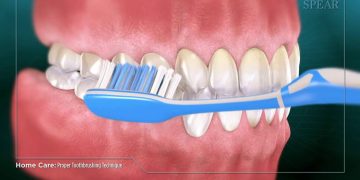
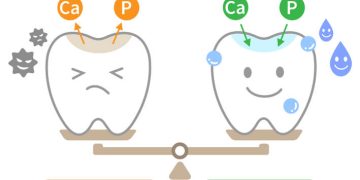
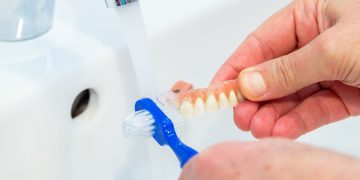




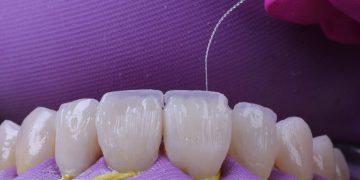
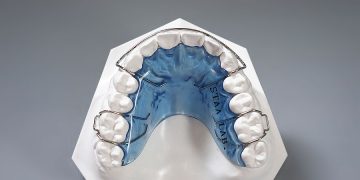

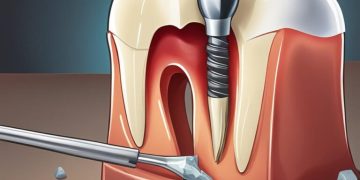
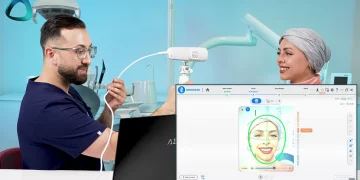
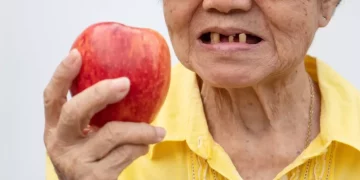

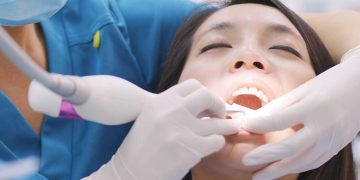

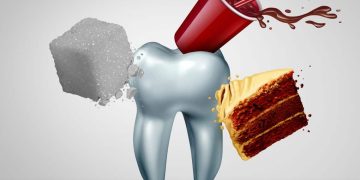







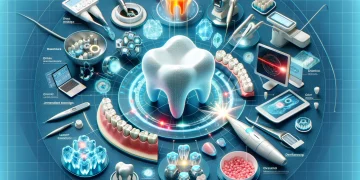



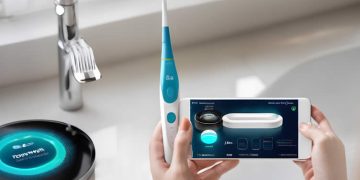

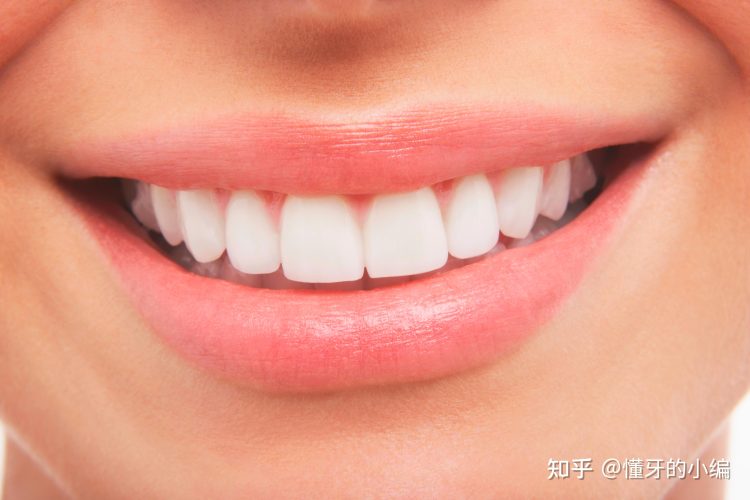













Discussion about this post